I encourage all my students to learn Pushing Hands (sometimes called Pushands or Push Hands, also known as Tui Shou or 推手). Even if my students are learning Tàijíquán for health purposes and insist that they never wish to learn fighting at all, I still encourage them to learn Pushing Hands.
I have a reason for that, of course.
Over the years, I’ve seen amazing benefits for those who practice Pushing Hands—many of which go beyond martial arts benefits and enter into the realm of psychological and social benefits. I’ve been teaching for almost 25 years now and in that time, I’ve watched Pushing Hands help people with trust issues, anger issues, bad relationships, and even past traumas.
The first time I saw this phenomenon, I asked myself, “How the heck does that work?” In the years since then, I have come to understand how it can do these things. But to understand it, we’re going to have to examine some of these problems and how our bodies react to them.
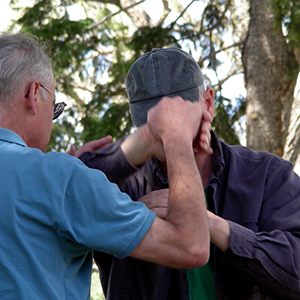 Trust issues, bad relationships, anger, and even trauma caused by other people all have one thing in common: conflict. It doesn’t matter if the conflict is physical or emotional, our body’s reaction, and our resolution skills are often the same. One of the main reasons for this is that the brain does not differentiate between physical or emotional conflict. When we perceive either, our body reacts by dumping hormones and activating muscles preparing our body for one of two very primitive responses. When faced with danger our body prepares either to fight or to run. This is affectionately called the “Fight or Flight” response.
Trust issues, bad relationships, anger, and even trauma caused by other people all have one thing in common: conflict. It doesn’t matter if the conflict is physical or emotional, our body’s reaction, and our resolution skills are often the same. One of the main reasons for this is that the brain does not differentiate between physical or emotional conflict. When we perceive either, our body reacts by dumping hormones and activating muscles preparing our body for one of two very primitive responses. When faced with danger our body prepares either to fight or to run. This is affectionately called the “Fight or Flight” response.
That physical changes associated with feeling threatened usually activate a hastily constructed set of conflict resolution skills, and more often than not, these techniques aren’t very helpful. They often lead to a verbal attack against the person who made us feel threatened, or emotionally distancing ourselves—or “running away”—from that person. Pushing Hands helps your body and mind deal with these situations because it retrains your physical conflict resolution habits, which in turn, helps you to change your emotional conflict resolution habits.
Let us now look at the skills taught by Pushing Hands. Traditional teachers will often mention words like “Rooting, Listening, Neutralizing, and Redirecting.”
Rooting is often called by many names. I’ve heard it called “grounding” or even “stabilizing.” No matter what its name, Rooting refers to stability of stance. When being pushed, instead of pushing back, you allow the force to pass through you and into the ground. Instead of leaning against the incoming push for stability, the practitioner sinks his or her core, driving the force harmlessly into the earth.
From a fighting standpoint, this is particularly brilliant. Often, inexperienced fighters will actually lean against one another, using their opponent to prop them up. However, if the opponent were to stop pushing quite suddenly, the prop goes away and the fighter who was leaning falls. From a psychological standpoint, this is akin to depending on someone else for your own emotional balance. When someone says, “I’m mad at you because you did . . .” Most people don’t hear anything after the words “I’m mad at you.” Instead, merely having someone mad at them is enough for them to allow themselves to become mad back, and they respond in kind no matter what reason the other person has for being mad.
When I first learned Pushing Hands, I practiced rooting training all the time. I realized it had carried over into my daily life when I suddenly realized I was going through the motions of being mad at someone who was mad at me, but when I really thought about it, I wasn’t actually angry. I was just responding as if I were, because that’s the way I’d always reacted before. Suddenly, I was faced with the choice of behaving as if I were mad, or choosing something else.
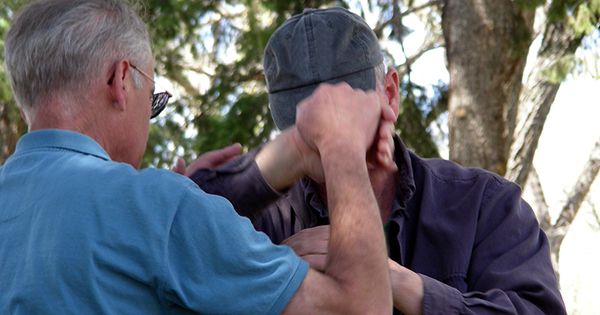
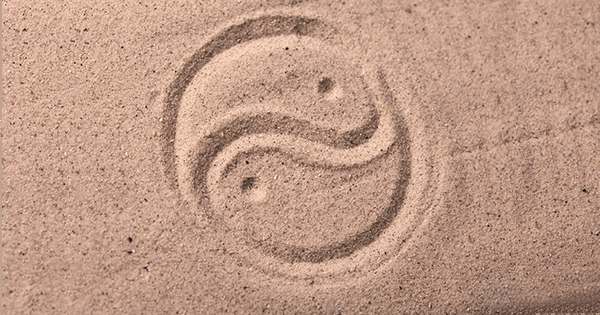
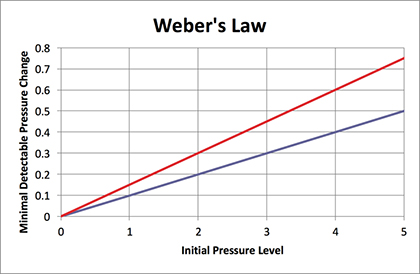


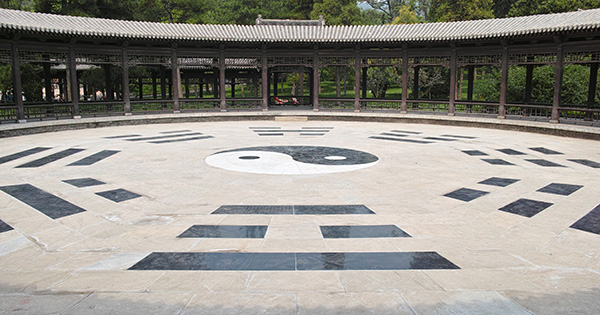
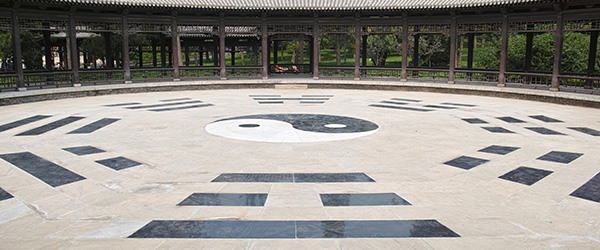
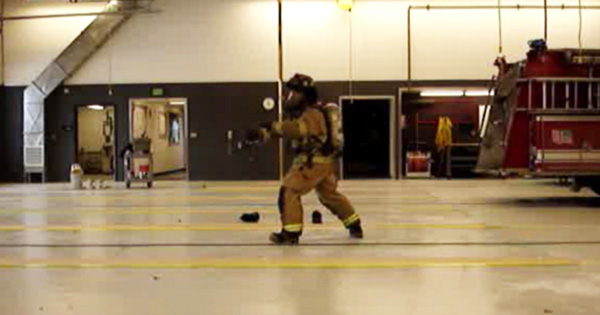
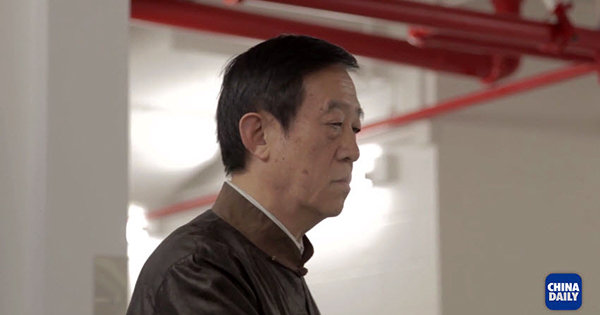
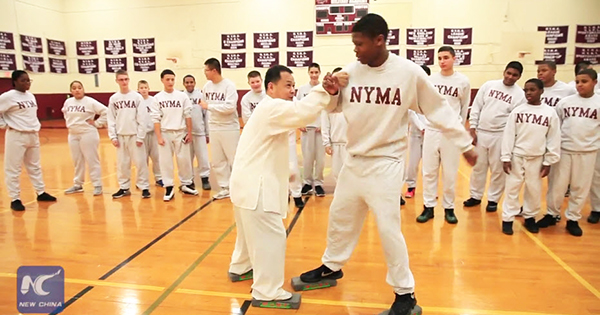

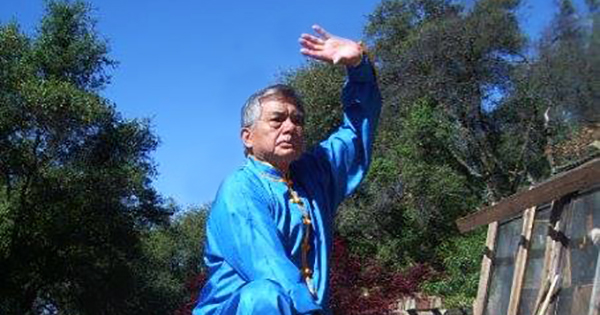
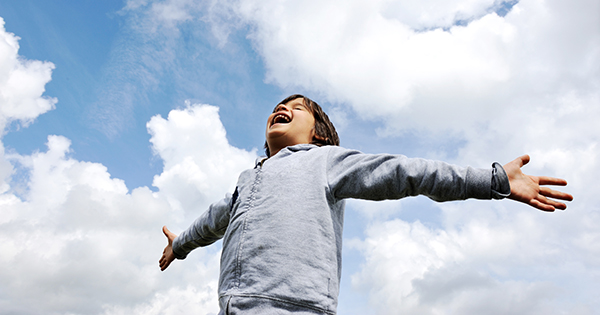
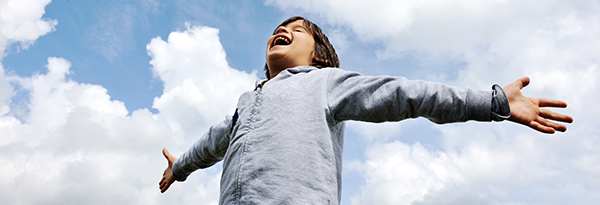 Whenever I see my son about to scream or cry out of frustration and/or anger, I tell him “Do your breathing”. Immediately, my two year old will raise and lower his arms while “sinking” (a Qigong exercise that my Taiji sifu taught me during my first day at his Taiji school). My son, Mason, gets caught up in his breathing and actually forgets why he is angry in the first place.
Whenever I see my son about to scream or cry out of frustration and/or anger, I tell him “Do your breathing”. Immediately, my two year old will raise and lower his arms while “sinking” (a Qigong exercise that my Taiji sifu taught me during my first day at his Taiji school). My son, Mason, gets caught up in his breathing and actually forgets why he is angry in the first place.